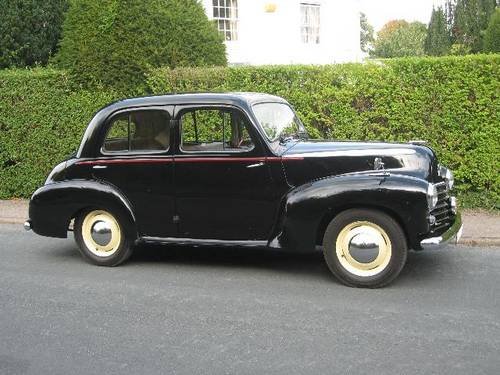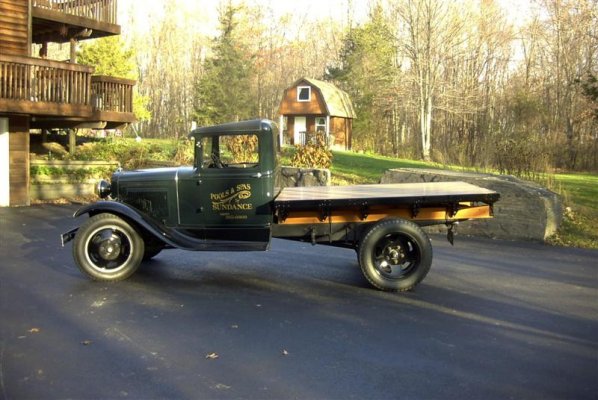carson
Well-known member
For old timers only.
Somewhat Obscure Automotive Trivia
1769 - Nicolas-Joseph Cugnot built a steam-powered, three-wheeled wagon for the French Army.
1792 - The first private toll road, or turnpike, was chartered in Pennsylvania. It opened in
1794, connecting Philadelphia and Lancaster.
1886 - Karl Benz received the first patent for a gasoline-powered car.
1896 - The first production motor vehicle in the U.S. was introduced -- The Duryea.
1897 - Travelers Insurance of Hartford, Connecticut issued the first auto insurance policy to a Westfield, Massachusetts mechanic who had built his own one-cylinder car.
1906 - A steam-powered car reached 127 MPH, breaking the Land Speed Record. Although vehicles with other power sources went faster as early as 1910, no steam-powered vehicle surpassed that mark until 2009.
1930 - The first car radio was marketed by the company that would become Motorola. It cost a whopping $110 plus installation (A new car sold for about $650).
1963 - Seat belts first offered as standard equipment.
Live 'n learn..
carson fL
Somewhat Obscure Automotive Trivia
1769 - Nicolas-Joseph Cugnot built a steam-powered, three-wheeled wagon for the French Army.
1792 - The first private toll road, or turnpike, was chartered in Pennsylvania. It opened in
1794, connecting Philadelphia and Lancaster.
1886 - Karl Benz received the first patent for a gasoline-powered car.
1896 - The first production motor vehicle in the U.S. was introduced -- The Duryea.
1897 - Travelers Insurance of Hartford, Connecticut issued the first auto insurance policy to a Westfield, Massachusetts mechanic who had built his own one-cylinder car.
1906 - A steam-powered car reached 127 MPH, breaking the Land Speed Record. Although vehicles with other power sources went faster as early as 1910, no steam-powered vehicle surpassed that mark until 2009.
1930 - The first car radio was marketed by the company that would become Motorola. It cost a whopping $110 plus installation (A new car sold for about $650).
1963 - Seat belts first offered as standard equipment.
Live 'n learn..
carson fL


